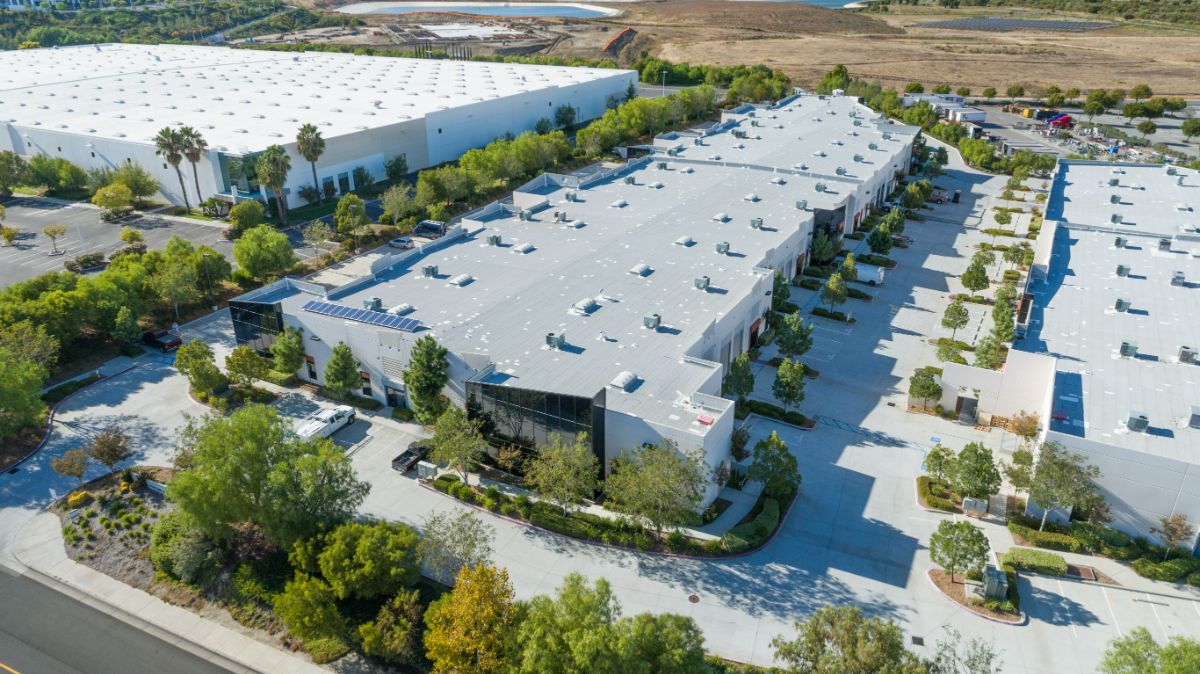What are the steps to starting an ESG strategy?
- Review existing ESG initiatives
- Conduct a materiality assessment
- Keep up with regulatory compliance
- Assemble an ESG committee
- Set your ESG goals
- Set your budget
- Build the roadmap and framework
- Use management and reporting technology
ESG is a holistic framework that businesses must have not only because it improves the quality of life in communities, but also facilitates top-line growth, reduces costs, and increases consumer trust. Investors also evaluate ESG when choosing investments. In today’s global crises, such as climate change, have made us highly aware that we need to be better stewards of nature.
It is now more important than ever for businesses to be proactive and accomplish positive change within society and the environment. In this article, we discuss further the steps to starting an ESG strategy to help create one that is precisely adapted to your company.
Revisit existing ESG initiatives
Your company may already have sustainability practices in place. Start by meeting with internal leaders, investors, and stakeholders in different ESG areas — such as branding, waste management, employee relations, and others — to gain insight into what practices you’re already following.
From here, you should have enough to set a baseline of current ESG policies and initiatives that are already in place. This is also a good time to assess and inquire about the ESG interests of your stakeholders. This will help you understand where their priorities lie.
This step will make goal-setting more specific to your organization, its strengths, and the issues your people care about. Take time to understand the existing ESG platform within your company.
Conduct a materiality assessment

There are a wide variety of issues under ESG. The best way to identify which issues are most applicable to your business is by conducting a materiality assessment. This assessment allows you to pinpoint, refine, and assess which ESG issues and areas your business can focus on.
Start by reviewing everything that may affect your company and chosen industry. Then, order them according to their priority. Which issues will have the largest impact on you? Is it the Environmental, Social, or Governance aspect?
You may also refer to current standards and frameworks for guidance on this assessment. A few references are the Global Reporting Initiative (GRI), Sustainability Accounting Standards Board, and the UN’s Sustainable Development Goals.
Keep up with regulatory compliance
You must also consider your industry and the issues relevant to it. Determine which ESG-related regulations and reporting standards may be pertinent to your field. Doing so will help you keep up with industry regulations and compliance.
There are several frameworks that you can use to identify industry-relevant concerns:
- The UN Sustainable Development Goals (SDGs). A good benchmark for ideas on what your company can do to create a positive impact on people and the planet.
- The SASB Standards. Highlights issues that concern 77 particular industries. Additionally, the SASB Materiality Map helps determine the financial materiality of ESG problems.
- The UN Guiding Principles on Business and Human Rights. Concerns prevention and responding to human rights violations, and promoting human rights.
As you gather information, you can also use these measures to benchmark your progress against competitors. Find out what other companies within your industry reports on, what data they measure, and what issues they tackle. This may help save time and show your organization’s current “score” in a variety of areas.
Assemble an ESG committee
Next, assemble an ESG committee. They will be responsible for creating and executing your ESG strategy. This committee must be a dedicated and accountable team — it is a must in overseeing ESG strategy, implementation, and measurement.
Good candidates for this position are experts in any ESG field, which include sustainability specialists, legal and compliance leaders, finance executives, HR and relations professionals, CSR professionals, and the like. Many also include their marketing teams in their ESG task force. However you decide to build your committee, they should always be overseen by your company’s board of directors.
However, keep in mind that ESG is a relatively new function for many businesses and industries. So, you may need to actively look for transferable skills, growing competencies, and new hires to build a strong pool of candidates for your committee.
Set your ESG goals

Once you have determined your company’s priorities, it’s time to decide how you will measure your ESG success. To do so, you must set goals that are specific to your company.
Factor in the results of your materiality assessment, internal ESG audit, interests of your internal and external stakeholders, and industry regulations. This should reveal what people desire from a responsible company in your industry.
To assist you in creating effective goals and objectives to meet the ESG status you want to achieve, here are the questions that your ESG committee should ask:
- What are we doing right?
- What can we improve on?
- What can be added to our current plan, and what are the challenges associated with them?
- What is our timeline to meet certain goals and objectives?
- How will these goals enhance sustainability and create value for us and our stakeholders?
- Is there any background research needed to finalize goals?
Set your budget
Setting your budget is a critical part of setting financial boundaries for your ESG goals. It ensures that your goals are attainable within your current situation.
Start with an ROI analysis of your ESG goals, including financial, material, and long-term ROI. Consider factors such as attracting investors or customers, setting affordable and sustainable practices, and increasing employee satisfaction and retention.
You may need to hire a consultant to keep your ESG budget in check, so costs of additional employees should also be factored in. Additionally, consider the costs of environmental audits, and the technology you may need to invest in for new ESG strategies and reports.
Lastly, examine which projects will help you accomplish the ESG goals you have set. For example, if your goal is to achieve renewable energy for your facilities, consider how it will be implemented. One way is by allocating a budget for renewable energy sources, such as solar panels. Price out what you need, and put together a budget.
You may not have the budget to accomplish bigger goals right away. So, start by budgeting for “low-hanging fruit,” so to speak. As you allocate your resources towards accomplishing easier goals, you will gradually gain the momentum and money to work towards greater goals.
Build the roadmap and framework
Any ESG project will fail without an appropriate framework and roadmap. It’s needed to lay out your business’s ambitions, goals, and milestones. They also mean there will be accountability for initiatives, as well as provide a comprehensive view of your company’s strengths and objectives.
A clear roadmap explaining the targets, milestones, and rationale will achieve buy-in from stakeholders, employees, the public, and investors. It will also unify your company for a positive reason. In turn, this promotes the longevity of your business, the productivity of your staff, and the profits you generate.
With your goals and budget in place, create an ESG framework roadmap. It should be realistic and actionable, and should provide the following:
- An outline of your vision, rationale behind your ESG goals, and the guiding principles you’ll use to manage your corresponding targets.
- Reporting methods and how they will measure your progress.
- An action plan, alongside your ESG policies and procedures.
- Any necessary technology and tools you’ll use for your ESG strategy.
Use management and reporting technology
Similar to setting goals, the approach to adopting new technology for ESG is not “one-size-fits-all.” It should be specific to the standards and frameworks used for your strategy and results in a compressive and clear manner.
Data collection can be challenging since many businesses use manual data entry processes, different spreadsheets to track data, and time-consuming processes.
Using data management and reporting technology is one way to effectively track performance and ensure your data is “investor-grade” and auditable
To determine which technology you need for management and reporting, first, need to decide what you want your report to accomplish. This could include:
- Communicating ESG strategy to stakeholders.
- Demonstrating alignment to business objectives.
- Highlighting ESG policies and programs in place.
- Sharing specific ESG goals and metrics.
- Evaluate your current progress and achievement in ESG areas.
Technology can help provide reports that are accessible and easy for stakeholders to understand. We recommend providing such reports on your website, or any public platform you hold. Organizing a dedicated ESG page will show your commitment to your goals, as well as transparency and accountability.
Key Takeaway
If you’re ready to embrace sustainable and equitable practices into your business, it’s time to set up an ESG strategy. Follow these steps to ensure you create a plan that can provide both social and financial impact.
Get in touch with Science Park of the Philippines to learn what we can do to help formulate and improve your ESG initiatives!



